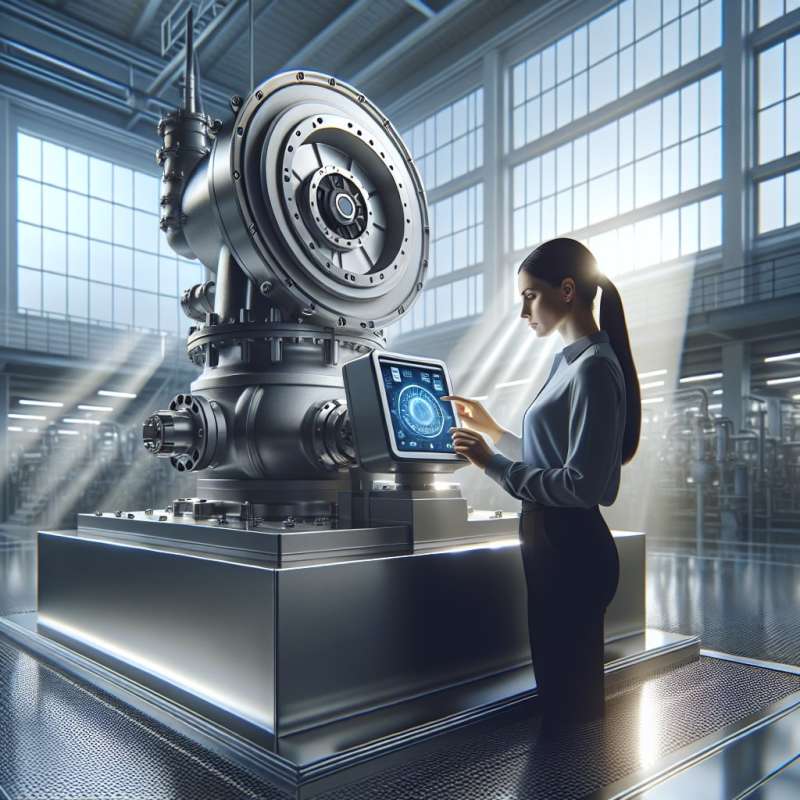
Introduction to Centrifugal Pumps
Centrifugal pumps are dynamic axis-symmetric work-absorbing machines. They transfer energy to fluid via an impeller, dramatically increasing the fluid's velocity and pressure.
Main Components Overview
Key components include the impeller, casing, shaft, bearings, and seal. The impeller's design and rotational speed dictate the pump's performance characteristics.
The Impeller's Role
An impeller's vanes fling fluids outward, increasing kinetic energy. This process is crucial as it influences flow rates and pressure head.
Casing Types Explained
Casings can be volute or diffuser type, each with unique fluid velocity control methods, impacting efficiency and stability at off-design conditions.
Mechanical Seal Importance
Mechanical seals prevent leakage around the shaft, maintaining pump efficiency. Advanced seals use bellows or magnets for enhanced leak prevention.
Shaft & Bearing Functions
The shaft transmits torque from the motor to the impeller, while bearings support the shaft, minimizing friction and wear.
Surprising Facts Unveiled
Some centrifugal pumps can adjust their flow rates without mechanical changes, using a technique called 'throttling' or by adjusting the impeller's rotational speed.
What do centrifugal pumps transfer to fluid?
Kinetic energy via an impeller
Electrical energy via a motor
Thermal energy via heating
Company